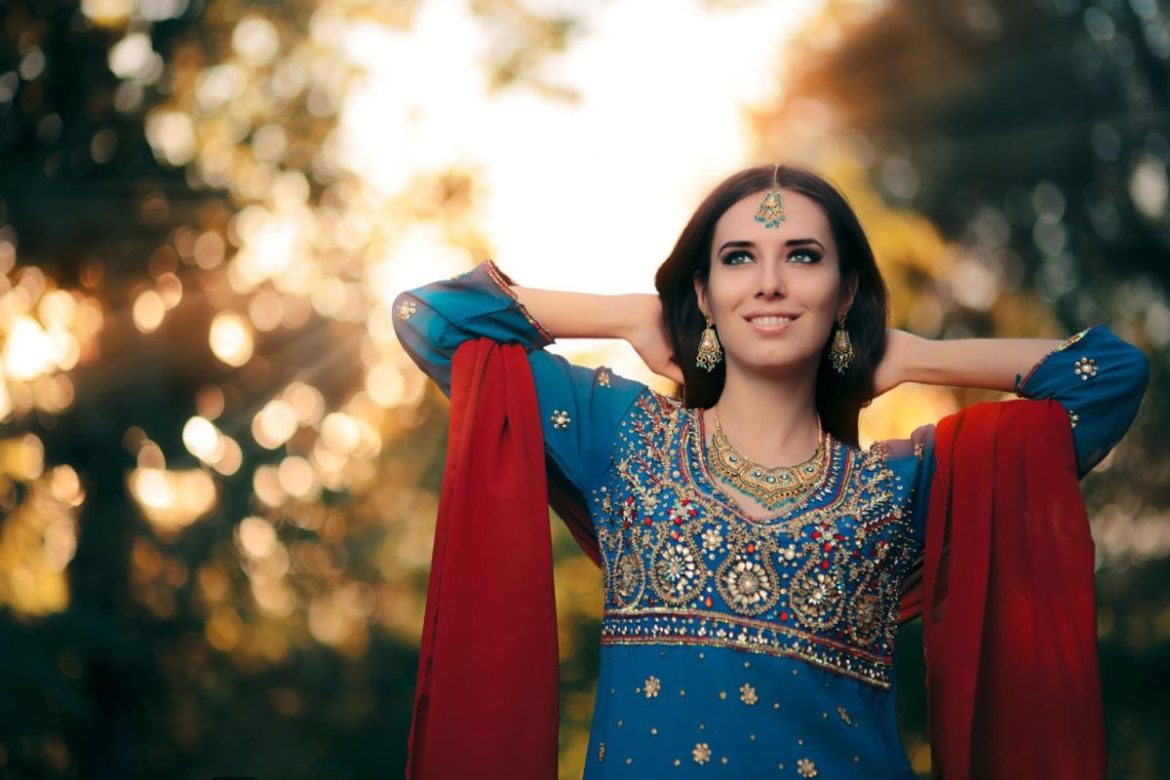How is Pakistan’s Fashion Industry? – Pakistan holds position 5 among the world’s largest cotton producers. According to Statista (2020-2021), Pakistan’s cotton production has been consistent in recent years, but the growth rate has become stagnant. Over the next year, cotton production in the country is hoped to increase by only 2%.
As most of us know, Pakistan gained importance in the fashion industry thanks to its manufacture, but not only for the ‘low cost’ production that sells clothes all over the world for competitive prices. For the past decades, Pakistan is also known as the land of cotton, good fabrics, and of exclusive fashion, which has been thriving in many places around the world.
Table of Contents
A bit of history
The first traces of cotton were found near the city of Quetta dating to the Neolithic period (6000 BC), turning Pakistan into one of the first cotton-growing regions in the world. This crop began to be widespread during the Indus Valley civilization. Home-grown cotton was transformed into clothing and started to be traded with other civilizations. Since the beginning of its development as a country, its economy depends on the cotton industry.
About the textures
Cotton and jeans – which mixes cotton and polyester to prevent shrinkage – are important textures for the fashion industry in Pakistan. Although, cashmere deserves some attention! Cashmere wool is soft and silky to the touch and is used for shawls, coats, sweaters, in short, cozy clothes. Pakistan also holds a wide selection of bridal wear, and luxurious dresses, incorporating pearls, stones, and embroidery, which are among the richest in Asia.
One of the most significant seasons for this industry is the lawn season. The lawn season produces lightweight and breezy wear with pure cotton yarn; Lawn season is also known for its fashion wars wherein designers compete as the lawn market is estimated at USD 50 billion.
What are the big names of the fashion industry in the country?
The big names and brands of the fashion industry include Gul Ahmed, Maria Butt, Shamoon Sultan, Zara Shahjahan, Deepak Perwani, Sanam Chaudhri, Khadijah Shah, Hussain Rehar, Zainab Chottan. Currently, the industry is guided by collectives like the Karachi-based Fashion Pakistan and Lahore-based Pakistan Fashion Design Council.
Market opportunities
A recent important milestone for the growth of the country’s textile industry was the approval to import tax-free cotton yarn. Thus, until the end of June 2021 by the Economic Coordination Committee. In April 2021, the value of exports from this industry was USD 1.337 billion, reflecting an increase of 231.17% from USD 403.833 million in the corresponding period of the previous year. The growth was attributed to the end of this tax. In 2021, the president of Lahore Chamber of Commerce and Industry communicated with satisfaction that Pakistani fashion brands. Thus, such as Maria B and Khaadi, have established themselves abroad. This reveals that the country aims to pave the way to explore the international fashion market.
Current challenges
Despite the growth and consolidation of Pakistani brands abroad, the industry has been facing challenges. The main challenge concerns workers’ rights. For example, during the COVID-19 pandemic, garment workers’ unions protested against forced layoffs and non-payment of wages.
If you see Pakistan’s fashion industry as a business opportunity and are thinking of visiting the country to explore it and network. And also, don’t forget to visit iVisa.com website to check all the travel requirements for different nationalities. There, you can also apply for the Pakistan Tourist E-visa Online and count on their team to help you out along the process.


